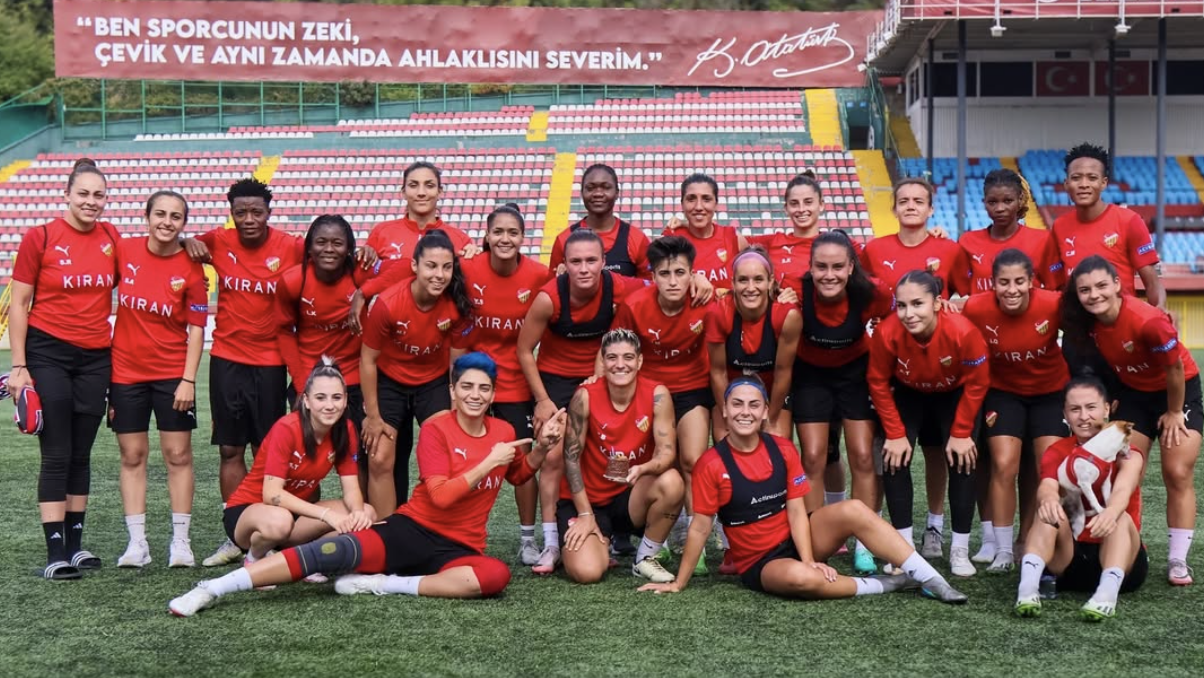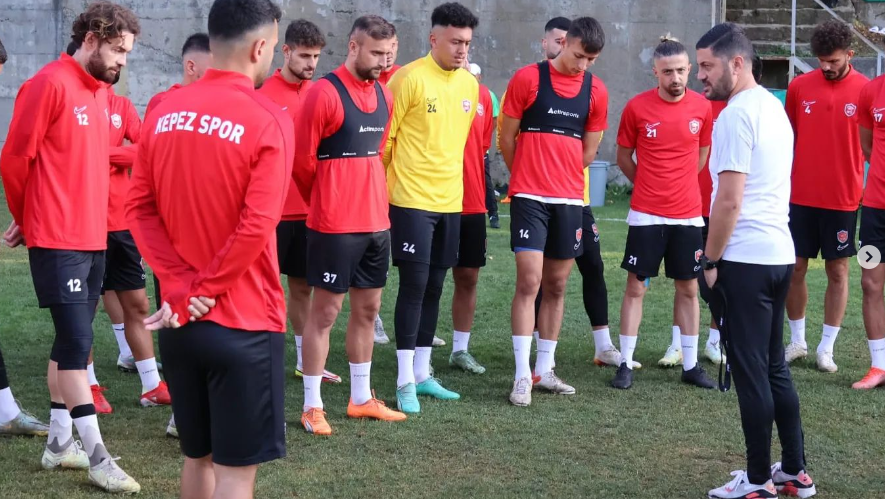Introduction
Women’s football has undergone a remarkable transformation in recent years, evolving from an overlooked sport to a globally celebrated game. With increasing investment, rising viewership, and expanding professional leagues, women’s football is entering a golden era of growth and opportunity. This article explores the evolution, challenges, and future of women’s football.
The Growth of Women’s Football
1. Increased Popularity and Viewership
The FIFA Women’s World Cup, UEFA Women’s Champions League, and domestic leagues such as the Women’s Super League (WSL), National Women’s Soccer League (NWSL), and Primera División Femenina have attracted millions of fans worldwide. The record-breaking viewership numbers showcase the growing interest and demand for high-quality women’s football.
2. Rising Investment and Sponsorships
- Major brands such as Nike, Adidas, and Visa have committed significant resources to support women’s football.
- Clubs and federations are investing more in facilities, coaching, and grassroots development programs to ensure sustainable growth.
- Equal pay discussions have gained momentum, leading to improved salaries and conditions for female players.
3. Expansion of Professional Leagues
- More clubs are establishing women’s teams, integrating them into their football ecosystems.
- The UEFA Women’s Champions League has expanded, providing more teams with opportunities to compete at the highest level.
- FIFA’s focus on developing the women’s game has resulted in increased international competitions and youth tournaments.
Challenges Facing Women’s Football
1. Pay and Infrastructure Disparity
Despite progress, there is still a significant gap in wages, facilities, and media coverage between men’s and women’s football. Many female athletes rely on part-time jobs or external sponsorships to sustain their careers.
2. Media Representation
While visibility is improving, women’s football still struggles to receive the same mainstream media coverage as men’s football. Increased media exposure is crucial for attracting sponsorships and inspiring young female athletes.
3. Grassroots Development and Accessibility
In some countries, limited resources and societal barriers prevent young girls from participating in football. Expanding grassroots programs and challenging outdated stereotypes are essential for fostering future generations of female footballers.
The Future of Women’s Football
1. Bridging the Financial Gap
Organizations are working towards equal pay initiatives, revenue-sharing models, and enhanced sponsorship deals to ensure financial stability for female athletes.
2. Technology and Data Analytics in Women’s Football
The use of GPS tracking, performance analytics, and AI-driven coaching is enhancing player development and tactical strategies in women’s football, mirroring advancements seen in the men’s game.
3. Global Expansion and Inclusivity
FIFA and regional federations continue to promote women’s football globally, focusing on underrepresented regions and increasing participation at all levels.
Conclusion
Women’s football is at a pivotal moment, with growing support, investment, and global recognition. While challenges remain, the future is bright as the sport gains more visibility and resources. As more fans, brands, and governing bodies rally behind the game, women’s football is set to thrive on an unprecedented scale.
Looking to stay updated on women’s football performance tracking and analytics? ActinSports offers cutting-edge technology to help teams optimize training and enhance player development. Learn more at ActinSports.



